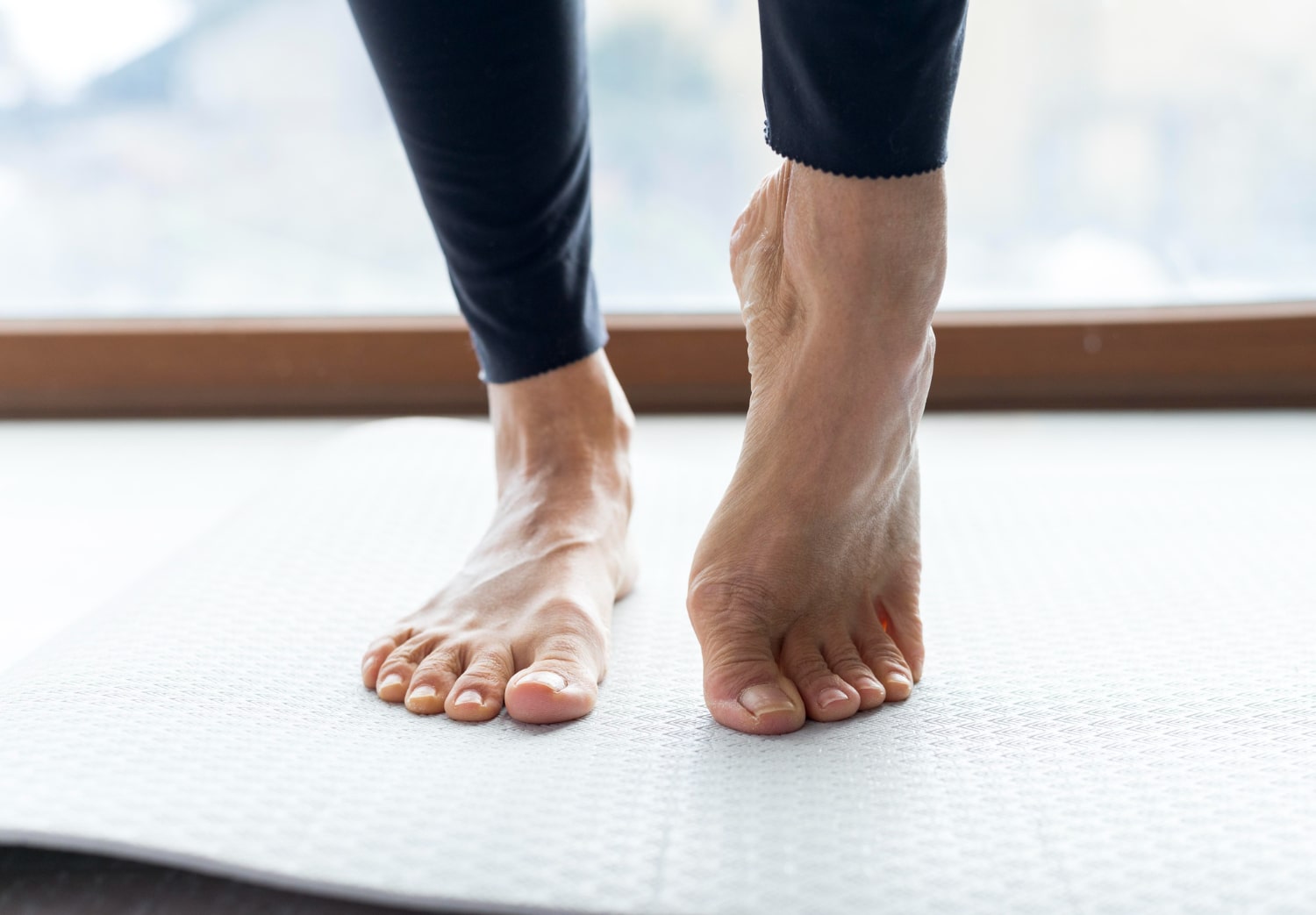Black Toes from Diabetes: Recognizing the Warning Signs and Protecting Your Feet
People with diabetes often experience foot-related issues due to a lack of circulation. Black toes from diabetes is one you want to avoid. Typically caused by gangrene, this condition could mean amputation is imminent.
What Causes Black Toes in Diabetes?
Diabetes Black Foot can be related to various issues, including the following:
- Poor circulation: If you have diabetes and feet turning black or notice other signs of discoloration in the toenails, it could be due to poor circulation. People with diabetes often have poor circulation due to high blood sugar levels that damage blood vessels, making it difficult for blood to move around the body. Circulation can be improved with exercise, a proper diet, and exercise supporting healthy blood sugar.
- Trauma: Various types of trauma can lead to a diabetes foot ulcer that can evolve into gangrene if untreated.
- Foot Infections: Fungi thrive in sugar-rich environments, so people with diabetes are prone to fungal infections such as athlete’s foot and infected toenails. People with diabetes often have poor circulation, making these infections hard to feel and detect, and low immunity makes it difficult to fight infections.
Dark toenails and black spots can also indicate cancerous melanoma. This condition must be ruled out before treating these issues as diabetes symptoms.
Diabetic Foot Ulcers and Diabetes Black Foot: What’s the Relationship?
Black spots on feet diabetes can have several root causes, but they are often related to diabetic foot ulcers. So, what are diabetic foot ulcers?
Diabetic foot ulcers typically begin with a minor wound on the feet, such as a cut or blister. A person with diabetes may not notice the wound because many have nerve damage due to chronically high blood sugar. Additionally, low immunity and poor circulation may slow down wound healing.
When wounds are left untreated, they can become infected and develop into gangrene, a condition in which the body tissue dies due to a lack of blood flow. Common symptoms include:
- Skin discoloration- The skin or toenails may turn yellow, then brown and black. It’s best to catch discoloration in its early stages.
- Swelling
- Blisters
- Sudden pain followed by numbness
- A foul-smelling discharge
- Thick, shiny skin or skin without hair
- Skin that feels cool or cold to the touch
- Low blood pressure
- Fever or a drop in body temperature
- Lightheadedness
- Shortness of breath
- Confusion
Look up ‘diabetes feet pictures black’ on the internet to better identify and detect the issue.
If caught early on, gangrene may be treated with medications, oxygen therapy, or debridement, which involves scraping infected tissue off the skin. However, if it becomes advanced, it may require vascular surgery, skin grafting, or amputation.
How to Prevent Diabetes Feet Turning Black
You can prevent diabetic foot ulcer black with the following best health practices:
- Wear comfortable shoes: Comfortable shoes reduce the risk of blisters and other wounds that could lead to foot ulcers.
- Don’t go barefoot: Going barefoot also increases the risk of wounds. It’s advisable to wear shoes and socks, even around the house.
- Trim Toenails Carefully: Carefully trimmed toenails minimize the risk of ingrown toenails and other conditions that cause toenails to grow into the skin and cause damage.
- Keep Feet Dry: Keeping feet dry can reduce the risk of an athlete’s foot developing into an ulcer. Dry your feet thoroughly after the shower. Change your socks regularly if you sweat often.
- Moisture Feet: Moisturizing feet prevents them from drying out and cracking.
- Follow Recommended Diabetes Treatment: A recommended diabetes treatment, including taking medicine, exercising, and eating a healthy diet, can improve circulation and immunity, promote weight loss, and reduce the risk of a foot ulcer.
Regular Monitoring Reduces the Risk of Diabetes Foot Ulcer
You should also monitor your feet regularly, checking for issues that could lead to a diabetes foot ulcer. Devices like Feetsee can make monitoring more accurate and effective.
Feetsee connects to your device and monitors your feet for temperature changes that indicate inflammation. If anomalies are detected, your doctor is alerted, ensuring prompt follow-ups. This approach allows them to treat wounds before they evolve into more significant issues.
Browse our website to learn how to order your device.

Detect Early, Prevent Amputations
Diabetic foot ulcers (DFUs) lead to significant discomfort, pain, numerous amputations, and billions of dollars in healthcare costs each year.
